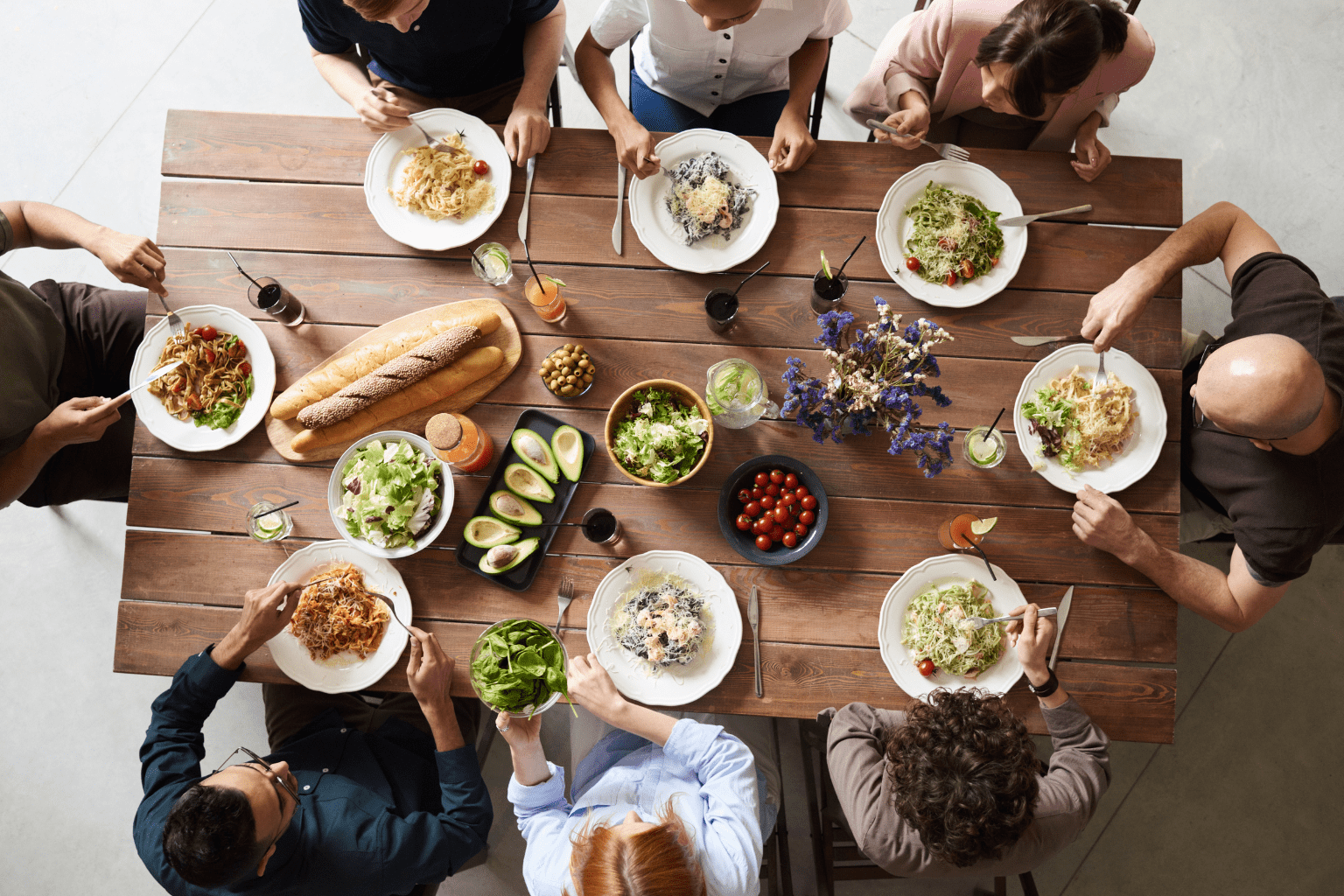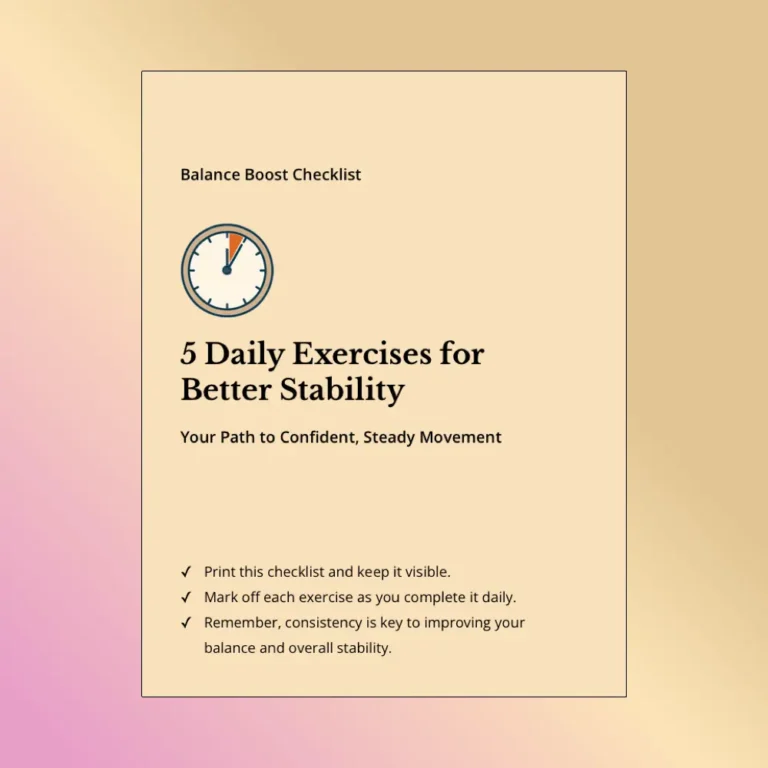
Highlights

Dining out can be one of life’s most delightful pleasures, especially for senior citizens. It offers not just nourishment, but also social interaction, variety in diet, and a break from routine. However, choosing the right items from restaurant menus can be challenging, given the unique dietary needs that often accompany aging. This guide will provide you with practical strategies for making healthy choices, managing portion sizes, and asking the right questions when dining out at your favorite restaurants.
As we age, our bodies undergo numerous changes that can affect nutritional requirements. Many elderly individuals need to focus on a balanced diet rich in key nutrients. Common dietary restrictions may include low-sodium, gluten-free, or high fiber diets, driven by health conditions such as high blood pressure or diabetes.
Understanding these dietary considerations can help you make informed choices when dining out, ensuring you not only enjoy your meals but also support your health as part of the older demographic.
Senior citizens often face a range of health conditions that can influence dining choices. For instance, diabetes requires careful monitoring of carbohydrate intake, while heart disease may call for a low-cholesterol diet. Digestive issues can also affect which foods work best for you.
When dining out, it’s important to think about how these conditions might affect your menu selections. Always check with your doctor for personalized advice, and don’t hesitate to ask restaurant staff to help in adjusting dishes to fit your dietary needs. Many restaurants are individually owned and operated, making them more flexible with special requests.
Looking at a restaurant menu can feel overwhelming, but with a few simple strategies, you can confidently select healthier options at restaurant chains and local restaurants alike.
Some recommended food items include:
By focusing on these healthier choices, you can enjoy a variety of flavors without compromising your health. Many restaurants for the elderly now offer special senior dine menu options that cater specifically to these nutritional needs.
Portion sizes at restaurants can often be much larger than necessary, making it important for seniors to practice portion control to maintain a healthy appetite.
Using these approaches can help you avoid eating too much while still enjoying the pleasure of restaurant dining.
Being proactive can really improve your dining experience. Here are some helpful questions to ask your server:
These questions ensure that your meal aligns with your health goals while still being enjoyable. Many chef-created dishes can be adapted to accommodate special dietary requirements.
When it comes to adjusting meals, here are some effective approaches:
Being clear about what you’d prefer can help ensure a satisfying dining experience tailored to your needs. Restaurants that cater to elderly diners are often more willing to provide these modifications.
A little planning can go a long way in creating a positive dining experience. Here are some tips:
Planning can make your dining experience more relaxed and enjoyable, allowing you to focus on the food and company rather than potential challenges. The Senior Restaurant Program is one example of how restaurants for the elderly are making dining more accessible.
Sharing meals can be a wonderful way to enjoy dining out while managing portion sizes.
Many seniors can enjoy more variety by sharing, which not only helps with portion control but also enhances the social aspect of dining out, creating a more interactive and engaging experience.
While dining out, consider checking out local restaurants that offer special senior dine menu options or special deals. For instance, the New York State Restaurant Meals Program offers programs specifically designed for seniors, making dining out more affordable and accessible.
Local community centers or the senior citizens council might also have information about restaurants that cater well to older adults, with appropriate portion sizes, reasonable prices, and menu items that align with common dietary needs. Current restaurant partners in these programs often offer discounts may vary by location, so it’s worth inquiring about what’s available in your area.
A growing number of restaurant chains are recognizing the importance of catering to their elderly customers by introducing special programs. One such initiative gaining popularity is the “Senior Dine” loyalty program, where participants receive a Senior Dine card that entitles them to special benefits.
With this program, AARP membership holders or Association of Mature American Citizens (AMAC) members can get discounts on regular menu items or access to a special menu designed specifically for senior citizens. Participants may dine at a certain number of meals every month at discounted prices, making it easier for those on a fixed income to enjoy restaurant dining without financial strain.
Many restaurants are adding more restaurant partners to these programs, recognizing that the elderly population represents a significant customer base. Restaurant offers through these programs help seniors spend less while still enjoying quality meals outside the home.
When selecting a restaurant, consider factors beyond just the menu. For seniors who may be hard of hearing, restaurants with white tablecloths and carpeting tend to be less noisy and more conducive to conversation. Some restaurant chains specifically design their spaces to accommodate large groups of elderly diners.
Restaurants that provide catering services might also be more accommodating to special requests, as they’re already accustomed to customizing their offerings. Happy hour specials can also be a good option for seniors looking to dine out economically, though it’s important to verify if these specials extend to food as well as drinks.
For seniors following specific diets due to health concerns, it’s worth investigating which restaurants can accommodate these needs. Many anti-inflammatory foods for seniors can be found on restaurant menus, particularly at establishments that focus on fresh, whole foods. Learning about these options can help manage inflammation through diet.
Seniors with diabetes should pay special attention to menu selections, as restaurant meals can often be high in carbohydrates and sugars. Proper foot care for elderly diabetics includes maintaining good nutrition, which starts with making informed choices when dining out.
What are the healthiest menu options for seniors?
Opt for dishes that include lean proteins, whole grains, and a variety of vegetables. Asking for grilled or baked items and avoiding fried foods can help make healthier choices. Fish, chicken without skin, and bean-based dishes are often good options. Don’t forget to include colorful vegetables, which provide important nutrients and fiber. Many restaurant chains now offer a selection of healthier options on their menus.
What questions should I ask when dining out?
Inquire about ingredient lists, preparation methods, and the possibility of meal modifications to ensure your dining experience meets your dietary needs. You might ask if they can prepare food with less salt, serve dressings and sauces on the side, or substitute healthier sides for standard offerings. Most restaurants are happy to accommodate reasonable requests, especially for their senior citizens customers.
What are effective strategies for sharing meals?
Sharing meals not only allows you to try different dishes but also helps to control portion sizes and reduce food waste. You might order one main dish and an extra salad or vegetable side to share, or split an entrée and appetizer with a dining companion. This approach can be both economical and health-conscious, especially at restaurants where portion sizes tend to be large.
Are there special dessert options for seniors?
Many restaurants offer smaller dessert portions or “mini desserts” that allow seniors to satisfy a sweet tooth without overindulging. Sharing a dessert at the table is another great strategy. Some restaurants even have special dessert options on their senior dine menu that are lower in sugar or portion-controlled.
Dining out can be an enriching experience for seniors, offering opportunities for socialization and enjoyment. By understanding your dietary needs and using strategies for menu selection, portion control, and meal modifications, you can savor delicious meals while prioritizing your health.
So, the next time you find yourself at a restaurant, remember these tips and feel confident making choices that please your palate and nourish your body. Embrace the joy of dining out while making informed decisions that keep your health in check.
If you have any favorite healthy meals or dining experiences, we’d love to hear your stories! And don’t forget to subscribe to our blog for more insights on healthy living and dining.
For further guidance on healthy eating out, check out these helpful videos:
Healthy Restaurant Dining Tips for Seniors
This video shares practical advice for making nutritious choices at restaurants.
Senior Discount Programs at Popular Restaurant Chains
Learn about franchise and individually owned restaurants that offer discounts for elderly diners.
By incorporating these resources into your dining experiences, you can enhance both your knowledge and enjoyment of eating out. Happy dining!
